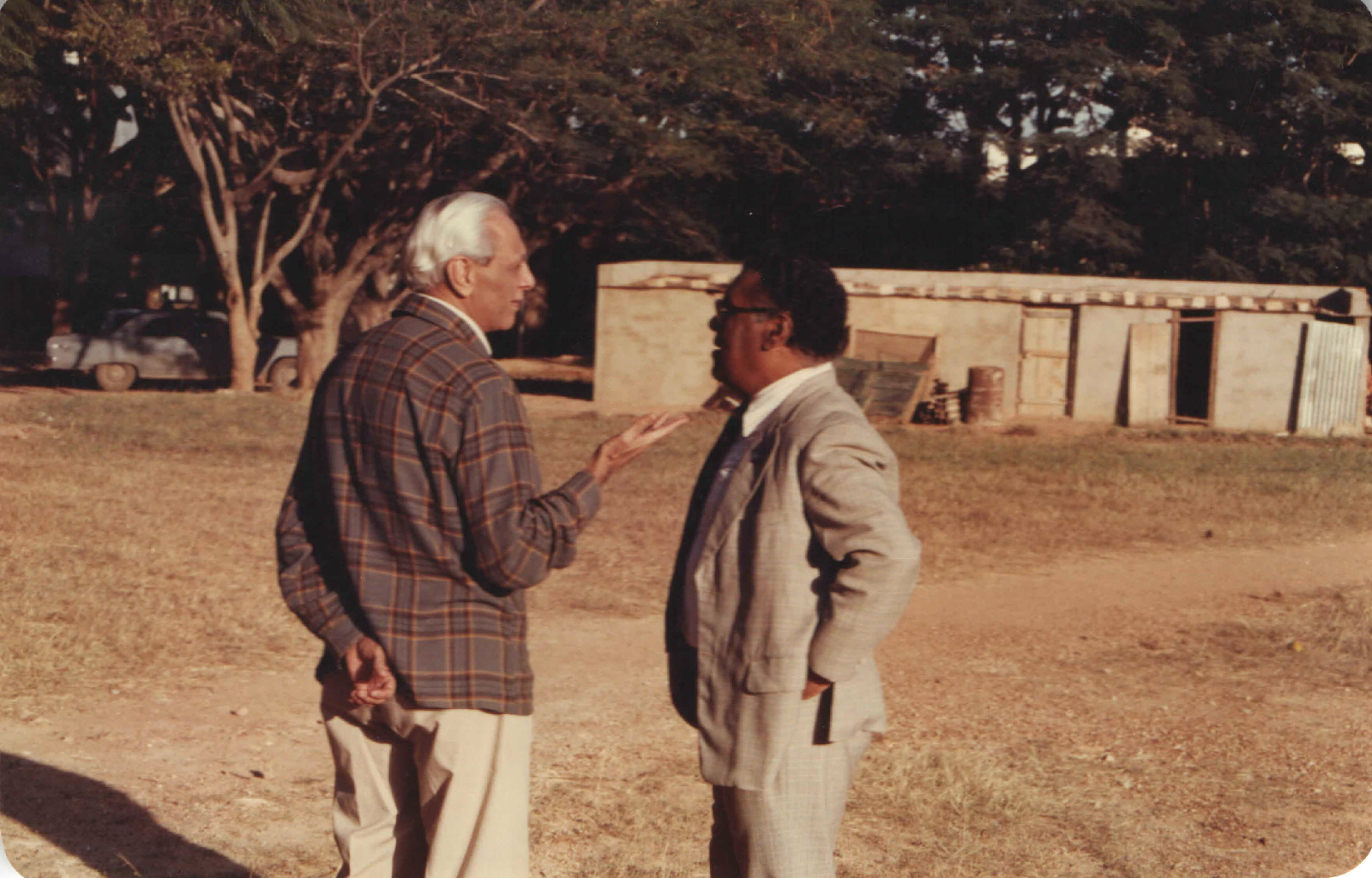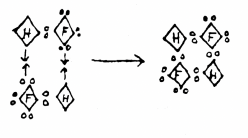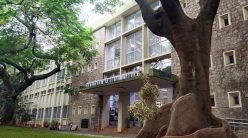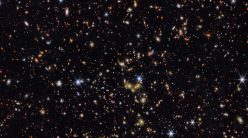Satish Dhawan was the longest-serving Director, who transformed the Institute in many ways – from reorganising academic departments to establishing new centres and encouraging the Institute community to embrace an interdisciplinary research approach.
In 1951, Satish Dhawan joined the Indian Institute of Science (IISc) as a Senior Scientific Officer, and within a few years, he was appointed the Institute’s Director. When he took charge of the Institute in December 1962, he was only 42 – the youngest Director ever in the history of IISc.
At that time, the Institute was relatively small. There were only 11 departments and 5 sections. By the time Dhawan left there were some 40 departments and units in the Institute. He also created four Divisions, each with a faculty member as the Chair.
In a sense, in his tenure of more than seventeen years, the longest in the Institute’s history for any Director, Dhawan could exert a long-lasting influence on the Institute’s intellectual character, its programmes in both research and education, and its administrative structure. This period was also marked by an extraordinary expansion in the diversity of the research programmes at the Institute, as many new faculty joined at various times and a variety of new centres were set up.

(Photo: Archives and Publications Cell, IISc)
Dhawan launched a major campaign in the late 1960s and ‘70s to recruit new faculty, especially from abroad. In his autobiography, Climbing the Limitless Ladder: A Life in Chemistry (co-published by IIScPress and World Scientific in 2010), CNR Rao talks about Dhawan’s role in getting him back to IISc
Pooling talent from across the world
Dhawan launched a major campaign in late 1960s and ‘70s to recruit new faculty, especially from abroad. In his autobiography, Climbing the Limitless Ladder: A Life in Chemistry (co-published by IIScPress and World Scientific in 2010), CNR Rao talks about Dhawan’s role in getting him back to IISc. Before moving to IIT Kanpur, Rao spent time at IISc between 1959-63, and it was during this time that the two became friends. In 1976, when Rao was keen on leaving IIT Kanpur and was contemplating accepting an offer from a US university, it was Dhawan who asked him if he would like to come to IISc and head the Inorganic and Physical Chemistry department or the Chemistry Division. Rao arrived at IISc and, the same year, he founded the Solid State and Structural Chemistry Unit, followed by the Materials Research Laboratory in 1978.
Dhawan also brought IG Sarma, again from IIT Kanpur, to set up the School of Automation in 1969 (later it became the Department of Computer Science and Automation), with a view to strengthening research and academic activities relating to control electronics and computers under the Indo-USSR agreement on Scientific Cooperation. This is why the School of Automation was an unusual academic unit in the country. A year later, a computer centre was set up (with an IBM 360).
In somewhat similar ways, Dhawan invited GN Ramachandran, then working at the University of Madras, to set up the Molecular Biophysics Unit (MBU) in 1971, and Ennackal Chandy George Sudarshan, who was then Director of the Centre for Particle Theory at the University of Texas, Austin, Texas, USA, to set up the Centre for Theoretical Studies (CTS). The Centre started functioning in July 1972. The Centre’s mandate then was to take up interdisciplinary research activities and multidisciplinary programmes, involving various branches of physical sciences, mathematics, biology, engineering and social sciences. Thus, the Institute saw major influx of talent in early ‘70s.

Speedy expansion
In all, seven such centres or units, of interdisciplinary, interdivisional, and interdepartmental nature were set up to build strong linkages and bridge the education-research-application chain. These centres were the Centre for Theoretical Studies, Centre for Information Processing, Centre for Electronics and Design Technology, School of Automation, Centre for Continuing Education, Centre for Scientific and Industrial Consultancy and the Cell for Application of Science and Technology to Rural Areas (ASTRA). These centres acted as focal points bringing together several people with different expertise to work to solve specific problems.
Dhawan, who thought deeply about the societal impacts of science, played a key role in setting up ASTRA, now known as the Centre for Sustainable Technologies (CST). ASTRA was founded by Amulya KN Reddy (then a professor of electrochemistry) whom Dhawan had invited to make presentations to the Senate Committee on Research and Academic Policy and design a multi-disciplinary centre which would draw expertise from the various discipline-oriented departments at the Institute.
Dhawan was a man of very broad interests, including an interest in nature and conservation issues. Due to his interest in ecology, IISc saw the setting up of the Centre for Ecological Sciences (CES) in 1983, whose mandate right from the beginning included both theoretical work and field ecology. Madhav Gadgil, an eminent ecologist, was also handpicked by Dhawan. “He encouraged me to develop a full-fledged ecology programme here at IISc and that was how CES was born,” recalls Madhav Gadgil.
Gadgil, now retired, recalls it as an interesting experiment. “We had a very interesting group at CTS: N Mukunda, who was a theoretical physicist; Sharat Chandra, who was a geneticist; and Vidyanand Nanjundiah, who did a PhD thesis in physics, but then researched 22 developmental biology in slime moulds,” he recalls.
In appreciation of Dhawan’s vision
According to Roddam Narasimha, in the 1950s the Institute was, by and large, a laid-back campus, with the vigorous research group being the exception rather than the rule. But by the late 1970s research took firm root and was pursued with unprecedented vigour across the campus, the number of research students as well as academic staff having roughly tripled during Dhawan’s time.
Narasimha, in his Prof. Satish Dhawan Commemoration Lecture (22 September 2011), retraced how Dhawan reorganised some of the units already on campus, soon after he took over as the Director. For example, in 1963, the Power Engineering Department was split into the present Mechanical, Electrical and High Voltage Engineering Departments. (In 2006 the High Voltage Engineering department once again became a part of the Electrical Engineering department.)
In appreciation of Dhawan’s vision for IISc, the late Yash Pal, former Chairman of the University Grants Commission (UGC) wrote, “[Dhawan’s] role in making the Indian Institute of Science a great centre of learning and research has been seminal. It is during his time that the Institute developed its unique personality and its breadth. Without his lateral vision the Institute would have been no more than an excellent institute of technology. He made it into a place that attracted talent of a wide range, where people might have been recognised in terms of the departments to which they belonged, but the boundaries were kept porous. Even deep social concerns soaked in…”




